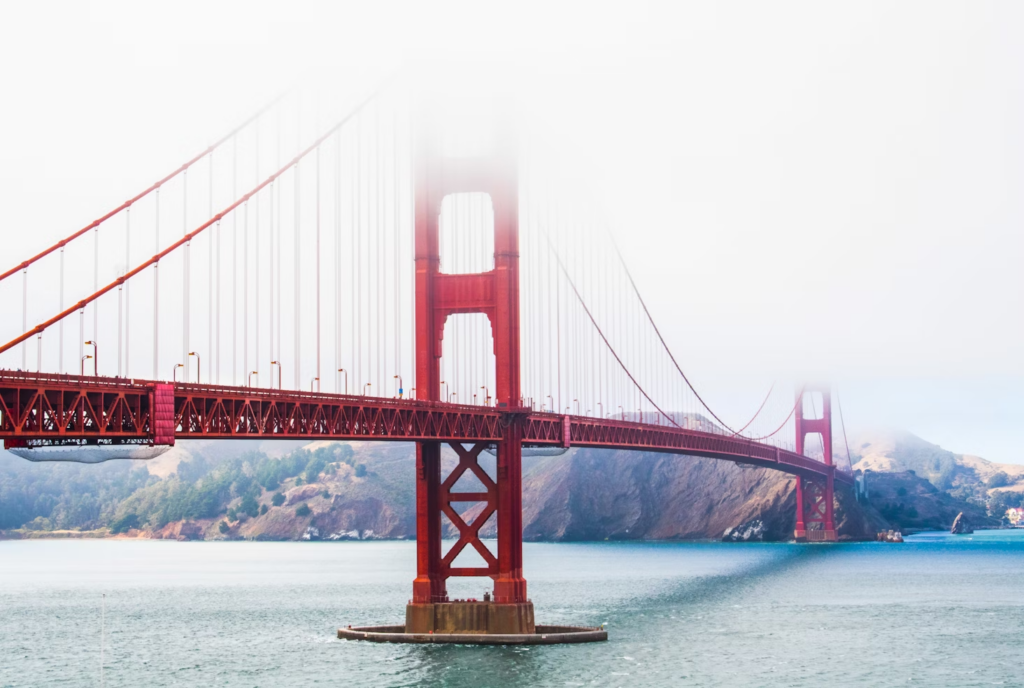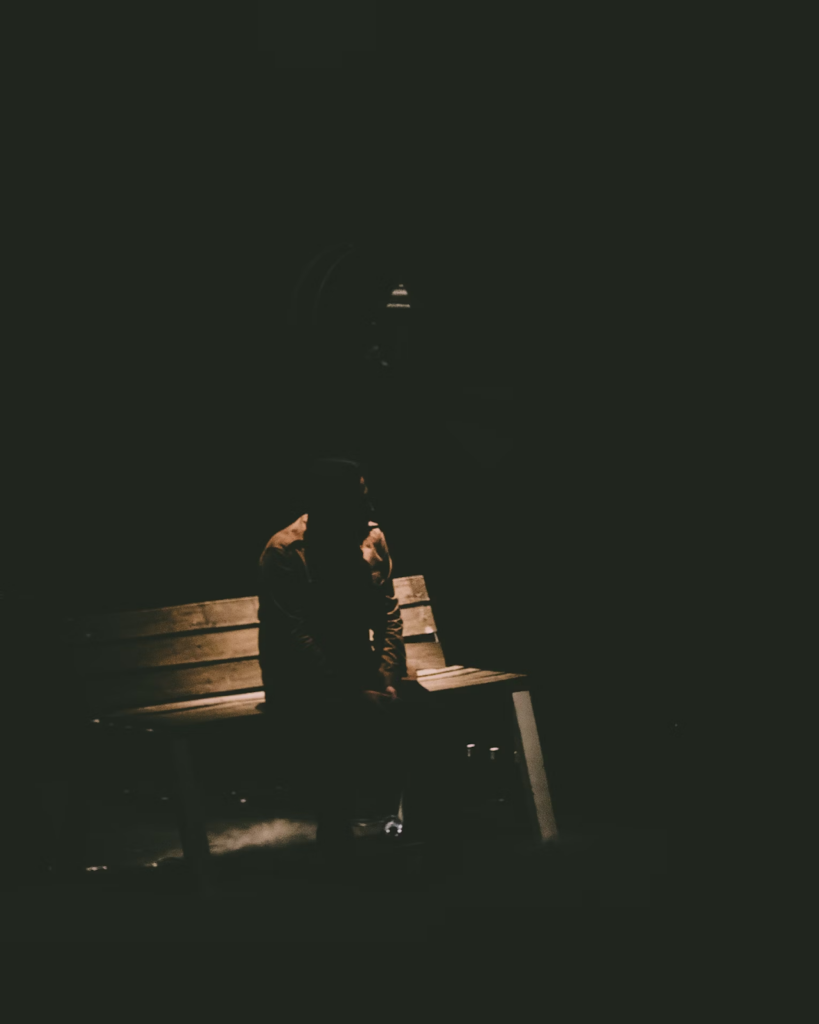It was just another day—until it wasn’t. In the heart of Baltimore where the pulse of the city beats strongest, tragedy struck unexpectedly and unapologetically.
The bridge that had stood as a symbol of connection, suddenly crumbled, leaving a trail of devastation in its wake. But amidst the rubble, stories of resilience emerged, showcasing the human spirit’s capacity to rise above even the most profound challenges.
In the blink of an eye, life, as it was for people who hummed in cars along the bridge, lost in thought and conversation, turned into a major catastrophe. All they knew now was chaos and panic.
The eerie sound of twisting metal and crumbling concrete resounded throughout the city streets as the bridge fell apart without warning. As bystanders tried to help, horrified at the state of things, ran into the face of catastrophe searching for life cast around the debris.
The transportation authority police officers, who stopped traffic headed onto the Francis Scott Key Bridge, and the ship’s crew, who sent a mayday signal, did everything they could to avert disaster, perhaps saving many lives.
And yet, several conditions rendered disaster all but inevitable, regardless of what anyone did. Even lowering an anchor is not much of a course correction when a ship of this size loses engine power. Furthermore, the Key Bridge was especially vulnerable. Engineers had warned as long ago as 1980 that the bridge’s design would prevent it from ever withstanding a direct hit from a container ship.
What we know about the bridge collapse
The Francis Scott Key Bridge in Baltimore was struck by a large cargo ship early on Tuesday, forcing the 1.6-mile span to collapse like a stack of toothpicks and sending people and cars into the freezing water below.
One of the 47-year-old bridge’s pillars was struck by a Singaporean-flagged container vessel called Dali, just before 1:30 a.m. on Tuesday, according to officials.
The ship is about three football fields long, at 984 feet in length. The massive Danish shipping company Maersk had chartered the 95,000 gross tonnage (or 213 million pounds) Dali at the time of the tragedy to deliver cargo.
“The ship experienced a complete blackout, which meant that it lost both electrical and engine power, just minutes before (striking) the bridge. According to the executive director and general counsel of the American Pilots Association, Clay Diamond, “It was a complete blackout.”
Following that, the pilot “did everything that he could have done” to slow the ship down and prevent it from veering toward the bridge pillar, Diamond said.
Footage captured just before the accident shows the lights on the ship flickering. Diamond said it was probably because an emergency generator kicked in after the first outage but the engines of the ship didn’t started again.

Rather than passing under the bridge’s centre, the ship drifted to the right and struck a pillar where the clearance was greatest. According to Maryland Transportation Secretary Paul J. Wiedefeld, “If you look at it, it’s off centre of where it should be,” reported CNN.
“Obviously, it should be in the main channel, which is under that main span.”
The Dali’s engine had failed, according to confirmation from Singapore’s Maritime and Port Authority.
“As a result (of the momentary loss of power), it was unable to maintain the desired heading and collided with the Francis Scott Key bridge,” the agency claimed in a statement, citing data from Synergy Marine Pte Ltd, the ship’s management business.
Bridges of sorrow: The victims
Two road workers were rescued alive from the water, while the remaining four are still missing and are believed to be dead. Seven road workers and an inspector were swallowed up in the accident and subsequent bridge collapse because they could not be warned or removed from it in time. Authorities reported that two remains had been recovered on Wednesday.

The twenty-one Indian crew members who were scheduled to go a great distance to Sri Lanka on the Dali were also engulfed in the calamity. They would be detained on board for over a day while the ship waited in the harbour with the bridge’s remnants entwined around it while officials started their inquiry, even though none of them was injured.
The after-effects and possible threats
The water, below… Does danger await in its depths?
The Patapsco River’s surface water temperature was roughly 47 degrees when crews arrived on Tuesday morning, according to the fire chief.
Based on the National Weather Service, any extended exposure to water that is less than 55 degrees can be fatal. The University of Minnesota states that swimmers without flotation may endure in water between 40 and 50 degrees for 30 to 60 minutes.
Furthermore, Wallace noted that the river becomes colder and darker as the lower one descends in the water, making the divers’ work more dangerous.
The hazmat risk associated with the incident :
According to a U.S. government document acquired by CNN and an American individual familiar with the situation, the U.S. Coast Guard is investigating 13 damaged containers, some of which contain potentially dangerous items, that were on the cargo ship that collided with the bridge.
According to the official, a Coast Guard team experienced in handling hazardous items is reviewing the ship’s manifest to ascertain what was carried on board and whether or not there are any potential health dangers.
According to the memo, federal investigators are also keeping an eye on about 1.8 million gallons of “marine diesel spill potential” from the sinking ship. “Many things would have to go wrong now for all that fuel to spill,” the U.S. official told CNN, describing such estimates as the “worst-case scenario.”
To reduce the possibility of a fuel spill from the cargo ship, first responders are still taking safety measures. According to the source, “the 1.8 million gallons is “not an unusual amount of fuel for a ship of that size to carry,” the official told CNN.
Rebuilding hope: A city’s response
In the wake of the tragedy, the National Transportation Safety Board, led by Chair Jennifer Homendy, is diligently investigating the ship accident with heartfelt dedication. With the ship’s black box secured and crew interviews planned, their efforts reflect a sincere commitment to uncovering the truth.
Meanwhile, U.S. Transportation Secretary Pete Buttigieg and President Joe Biden offer compassionate support and pledges of federal assistance, emphasising the importance of rebuilding not just infrastructure, but lives and livelihoods.
(Tashia Bernardus)
